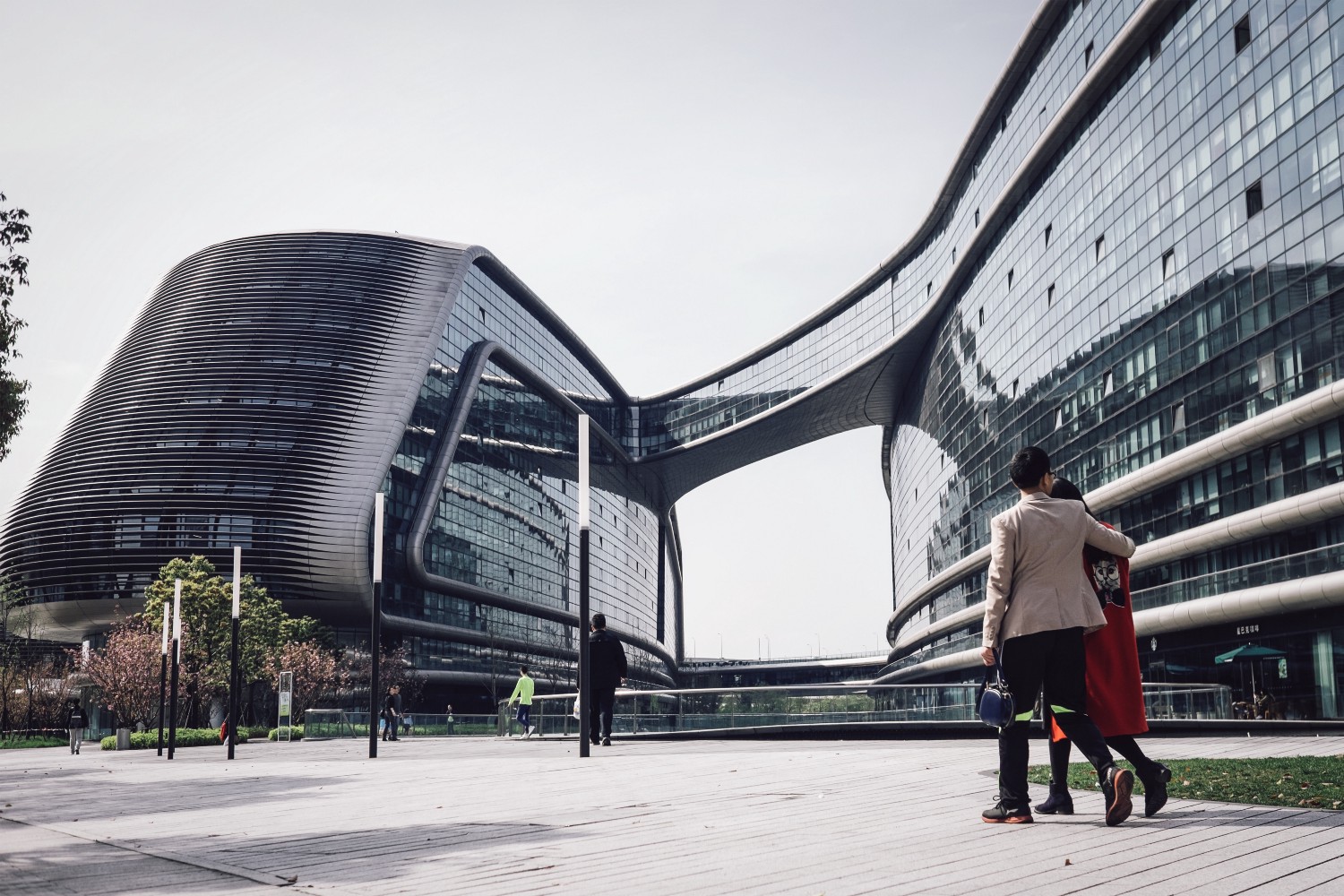Organizations today must navigate a “new world of work” — one that requires a dramatic change in strategies for the leadership, talent and design of the workplace.
Efficiency and cost reduction have always been paramount in corporate real estate and workplace planning, often at the risk of negatively impacting productivity, engagement, well-being and culture. The physical workplace is one of the top three factors affecting performance and job satisfaction. People costs significantly outweigh the costs for design, construction, maintenance and operations, but unfortunately real estate and workplace programs usually measure the wrong things, like less square feet and more desks.
We now have four generations at work and although they have some different priorities, they are all aligned on their expectations of choice and flexibility, greater transparency and connection to corporate culture and values. They want more amenities and services to support authentic sociability, knowledge transfer, convenience and well-being. This creates a new set of challenges for organizations, as they consider what flexibility and choice means for leading and engaging employees.
There is a lot of evidence that flexibility is good for business. The Deloitte Canada 2015 Human Capital Trends research revealed that agile offices are more competitive and well liked, leading to a 63 percent reduction in absenteeism and 67 percent of employees say they would be more loyal to companies with flexible work options.
Deloitte have taken this to heart and have re-imagined how they work in their new national offices in Canada and the Netherlands to foster greater innovation, disruption, collaboration and personal choice to connect people and clients in new ways. Whilst most workplaces are designed with only 5-10% collaboration spaces and 80% personal workplace, Deloitte dedicates 65% of the work space for collaboration and 90% of the seat spaces have access to natural light.
The top three things that people consistently want access to in the office space are: natural light, plants and quiet working areas. Companies that provide employees access to natural light and greenery experience an 18% productivity gain and 15% higher sense of well- being, yet 47% of offices have no natural light and 58% have no plants.
We need to rethink design priorities and focus on understanding the value of the workplace to improve well- being and performance and not just use cost as the only metric;
New performance metrics that measure the impact the workplace has on people and other critical aspects of business performance:
Increase:
Trust, Individual & Team Productivity, Collaboration, Knowledge, Community, Well-being
Decrease:
Absenteeism, Wasted time, Paper, Email, Churn cost, Carbon, Stress, Attrition
The design and management of the workplace should be much less about the ‘hardware’ of work — desks, partitions, electricity etc and much more about the ‘software’ of work — the cultural, social and value systems of the organisation.
This new, people-focused approach demands fresh thinking in the design and performance certification of buildings. In our new constantly quantified world we will expect our workplace to bring us value to our personal physical, social and mental well-being as well as deliver to corporate priorities and objectives.
New approaches to certification, such as the WELL Building Standard™, provide a framework to bridge operational priorities and create aligned goals for Human Resources and Corporate Real Estate. The emphasis will be on supporting comprehensive daily well-being across all aspects of building specification, design and operational policies and a focus on the ‘aspirational’ aspects of the workplace; empowering people to do their best work.
Image courtesy of Unsplash.
Originally published at medium.com


